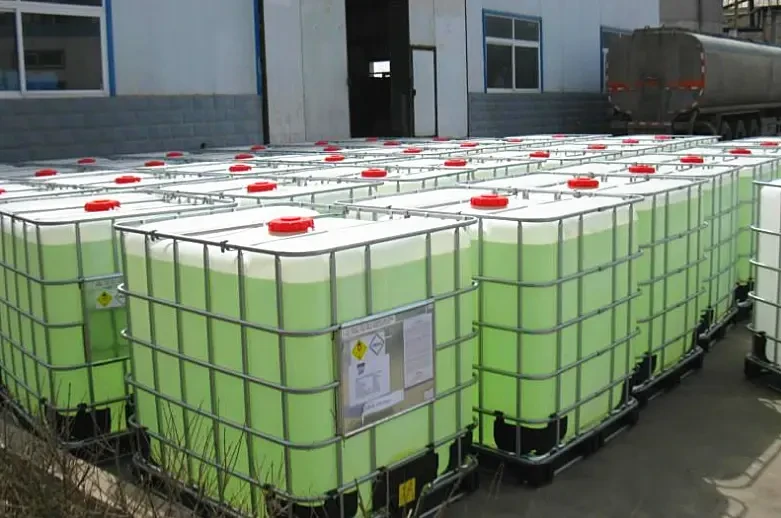Understanding Active Pharmaceutical Ingredient (API)
Active Pharmaceutical Ingredient (API) is a term that frequently arises in the pharmaceutical industry, yet it remains opaque to many outside the field. An API is defined as a substance that is intended to provide pharmacological activity or other direct effect in the diagnosis, cure, mitigation, treatment, or prevention of disease. In simpler terms, it is the component in a pharmaceutical drug that is biologically active, responsible for the intended therapeutic effect.
The Role of APIs in Medicine
APIs are crucial in the formulation of medicines, as they constitute the raw materials that create the desired therapeutic outcomes. For instance, in an aspirin tablet, the API is acetylsalicylic acid, the chemical responsible for pain relief and anti-inflammatory properties. A drug can contain one or multiple APIs, depending on its complexity and purpose. The selection of the right API is fundamental to the drug development process, as it influences the efficacy, safety, and tolerability of the medication.
Production and Quality Control
The production of APIs is a highly regulated process, governed by stringent quality control measures to ensure the safety and effectiveness of pharmaceutical products. APIs can be synthesized through chemical processes, extracted from natural sources, or produced using biotechnological methods such as fermentation or cell culture techniques. Each production method comes with its own set of challenges and necessitates rigorous testing to confirm the API’s purity, potency, and quality.
Regulatory authorities, such as the U.S. Food and Drug Administration (FDA) and the European Medicines Agency (EMA), have established guidelines for API manufacturing, requiring detailed documentation and quality assurance protocols. These regulations help to ensure that APIs meet specific performance standards, thereby safeguarding public health.
The Importance of API in Drug Development
define active pharmaceutical ingredient

The drug development process begins with the identification of a potential API that demonstrates therapeutic promise. Extensive research, including preclinical testing and clinical trials, follows to assess the API's effectiveness, optimal dosages, potential side effects, and interactions with other substances. The goal is to unwaveringly establish the API's safety profile before it is approved for use in human medicine.
The importance of APIs extends beyond the development and manufacture of drugs; it plays a critical role in the pharmaceutical supply chain. Sourcing APIs often involves complex international dynamics since many APIs are manufactured abroad, in countries with developed pharmaceutical industries, such as India and China. This global aspect can pose risks, including supply chain disruptions and variability in quality due to differing regulatory standards.
Future Trends and Challenges
As the pharmaceutical landscape evolves, several trends influence the production and use of APIs. One such trend is the growing demand for biologic drugs, which are derived from living organisms and typically involve more complex APIs compared to traditional small-molecule drugs. Advancements in biotechnology and personalized medicine also drive the need for specialized APIs tailored to individual patient needs.
However, the industry faces several challenges, including the need for sustainable production practices and the rising costs associated with API manufacturing. Environmental concerns related to waste and emissions from API production facilities have prompted increasing scrutiny and regulatory demands for green manufacturing practices.
Conclusion
In summary, Active Pharmaceutical Ingredients are the cornerstone of therapeutic medicine, directly influencing the efficacy and safety of pharmaceutical products. Understanding APIs is essential for appreciating the complexities involved in drug development, manufacturing, and regulatory compliance. As the pharmaceutical industry continues to innovate and respond to global health needs, the significance of high-quality APIs will remain central to delivering effective and safe therapeutic solutions.

